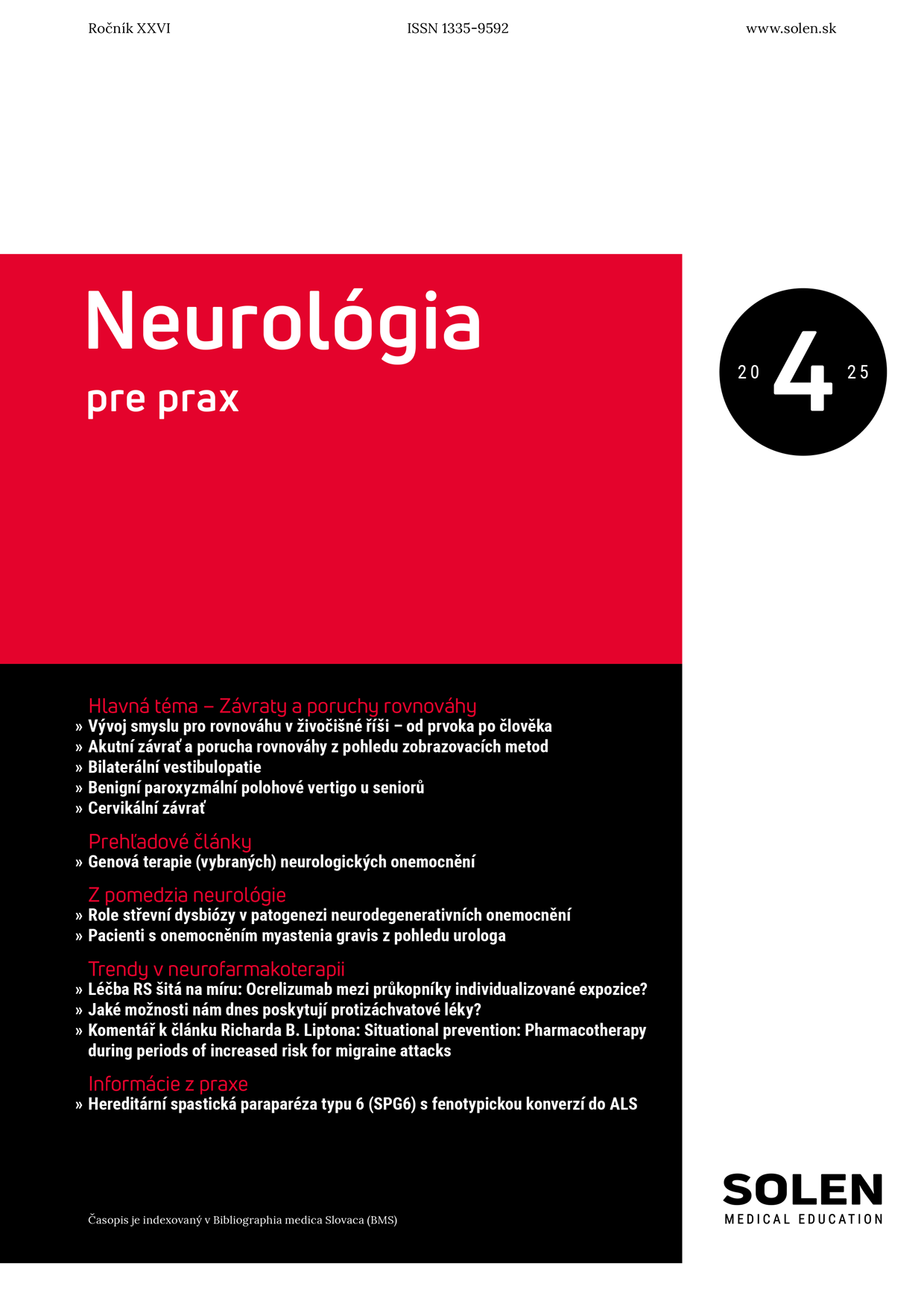Via practica 4/2012
Prophylaxis of infective endocarditis
Background. Infective endocarditis (IE), mostly bacterial, remains a life-threatening disease with the unsatisfactory reduction in morbidity, mortality and without treatment with fatal consequences. IE can be caused by a variety of infectious agents. Clinical and especially experimental works have showed that antibiotic prophylaxis can reduce the risk of bacteremia after invasive procedures especially dental and thus reduce the risk of endocarditis. Aim. Bring closer and summarize the current clinical problems in prophylaxis of IE in terms of pharmacological and nonpharmacological prevention with referring to the current development. Results and conclusion. In a rational approach to IE prophylaxis it is appropriate and useful to consider: The degree of risk for the development of IE from the patient (a patient who underwent IE and patient with prosthetic valvular prosthesis have 5-10 times higher risk of IE), local vs. general anesthesia; degree of risk of periprocedural bacteremia; adverse effects of prophylactic antimicrobial preparation; risk – profit from the recommended prophylactic regimen. In summary we can say that antibiotic prophylaxis is indicated according to new recommendations only in patients at high risk (valvular prosthesis and prosthetic materials used in valvular and other plastic surgical corrections in the heart, in patients surviving after IE, in patients with some congenital heart diseases that are treated not only surgery but also with percutaneous intervention technique) and only in dental surgery connected with bleeding (also in tonsillectomy).
Keywords: infective endocarditis, prophylaxis, antibiotics.

















